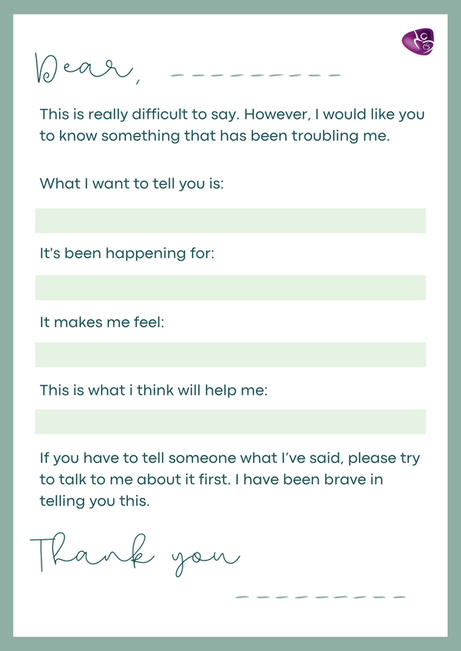Cyberbullying & Online Safety Awareness
Activities that teachers could consider to enable children to develop their online resilience.
Below is a FREE WORKSHEET you can download and use in your planning. Click on the image to download the PDF version. |
Cyberbullying is a type of harassment that involves the use of electronic communication systems, such as social media, email, or text messaging, to intimidate, demean, or threaten individuals. This form of bullying has been on the rise in recent years and affects children of all ages. The impact of cyberbullying on children is multi-faceted and can have serious long-term effects on their mental health, social development, and academic performance.
One of the most destructive effects of cyberbullying is the damage it can cause to children's mental and emotional well-being. Children who are victims of cyberbullying often experience negative feelings like anxiety, depression, and low self-esteem. They may also develop trust issues, social anxiety, and other emotional difficulties that can affect their relationships with others. Often, victims of cyberbullying feel isolated and alone, worsening their emotional state and making it more challenging for them to seek help. Cyberbullying can also affect children's physical health. Children who are victims of cyberbullying may experience headaches, stomach-aches, and other physical symptoms due to the stress and anxiety caused by the bullying. Additionally, they may experience sleep disturbances, which can have significant negative effects on their overall health and wellbeing. Teaching children about cyber bullying requires instilling values such as empathy, responsibility, and creating a safe online environment. It is essential to create a safe space where children can interact positively and avoid any form of bullying, whether online or offline. Here is a guide on how to teach children about cyber bullying: Define cyber bullying: Explain what cyber bullying is and what type of behaviour it entails. Let children know that it is unacceptable to harass or bully someone online or through digital communication. Talk about the consequences: Children need to understand the impact of cyber bullying on the victim's mental and physical health. Explain how cyberbullying can lead to depression, anxiety, and even suicide. Help them understand empathy: Teach children to put themselves in the victim's shoes. Encourage them to think before they post, send a message, or comment online and ask themselves whether it will hurt someone else's feelings. Teach them to be responsible: Cyber bullying can have legal consequences. Children must understand that their actions online have consequences, and they need to be responsible for their behaviour. Encourage them to speak up: Children should be encouraged to speak up when they experience or witness cyber bullying. They can report the incident to an adult or any member of school staff. Create a safe online environment: Let children learn about the importance of creating a safe online environment for themselves and others. From creating strong passwords to avoiding posting personal information, they need to take measures to protect themselves and others. |
|
Teaching children about online safety is a crucial part of ensuring their safety in the digital age. Here are five activities that can help educate children about online safety while keeping them engaged and interested:
1. Scavenger Hunt: Create a scavenger hunt that teaches children about online safety. This can include finding websites with age-appropriate content, learning how to identify and report cyberbullying and avoiding suspicious pop-up ads. 2. Role-playing: Encourage children to participate in role-playing exercises where they act out various scenarios they may encounter online. This can help teach them how to react appropriately to requests for personal information or when they come across inappropriate content. 3. Quiz Games: Create a quiz about online safety that children can take. The questions can cover topics such as online privacy, safe social media use, password creation, and staying safe while gaming. This activity can be made interactive and exciting using quiz-style games. 4. Story Time: Read stories that focus on online safety. These stories could include examples of children facing cyberbullying, internet scams, and viruses. You can discuss the moral of the story and the importance of staying safe online. 5. Online Scenarios: Show children various online safety scenarios and ask them to identify what actions would be safe or unsafe. This can include sharing personal information, clicking on suspicious links, and opening strange emails or messages. This activity can help teach children to be mindful of their actions online. These activities can be a fun and engaging way to teach children about online safety. By providing them with the information they need to stay safe online, you can ensure that children develop the skills they need to navigate the digital world responsibly. |




